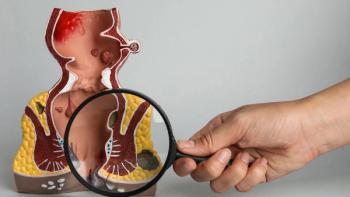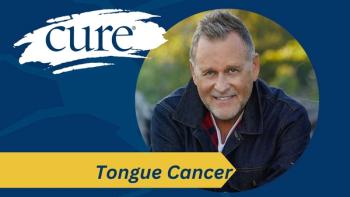
How to Manage Skin and Nail-Related Side Effects From Cancer Treatment
Key Takeaways
- Immunotherapy and targeted therapy frequently cause skin-related side effects, impacting patient quality of life and treatment adherence.
- Side effects can mimic common skin conditions, requiring dermatological expertise for effective management and treatment adjustments.
Immunotherapies and targeted therapies may cause skin, nail, hair and foot reactions that could reduce patient quality of life.
Half of patients with cancer who are treated with immunotherapy and targeted therapy experience a skin-related side effect that can affect their quality of life, according to Dr. Anisha Patel, an expert at The University of Texas MD Anderson Cancer Center.
Side effects range from skin and nail reactions to hair and foot concerns. “A lot of it is reactions that dermatologists are used to seeing already that oncologists might not be as familiar with,” Patel, an associate professor of dermatology and internal medicine, said in an interview with CURE®. “There are reactions that mimic acne, eczema, psoriasis. Sort of normal skin diseases but associated with these drugs.”
Side effects like these can often compromise patient quality of life and, in some cases, force them to stop treatment. “For example, (sometimes), if you reduce the dose of the drug, the rash gets better,” she said.
Different types of immunotherapy have been approved by the Food and Drug Administration to treat at least 15 cancers, Patel explained. And
That’s when, she added, supporting teams can play an important role in aiding in side effect management. For instance, patients should clip and file nails, reduce friction and trauma to the hands and feet and don’t mess with their nail cuticles.
“For your feet, try to wear shoes that aren’t pinching, there’s no pressure points,” she said. “It’s usually areas of friction or trauma where the inflammation likes to go. For nails, one of the reactions that we see a lot is inflammation of the nail folds and people will get infection between the skin and the nail plate. Be gentle with how they care for their nails and fingers. So avoid overworking them.”
When it comes to
Open communication with the oncology team is crucial, Patel explained. “We don’t want the oncologists to stop treatment without someone who is specialized in that area trying to make it better,” she said. “(Patients should) seek the support of the supporting physicians if they are developing symptoms. It’s important for (them) to be engaged and take control of their care.”




